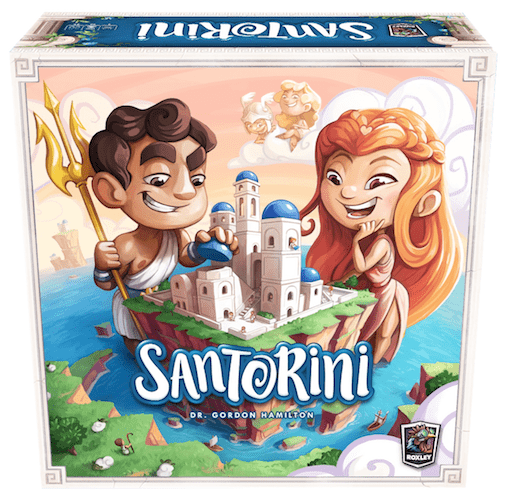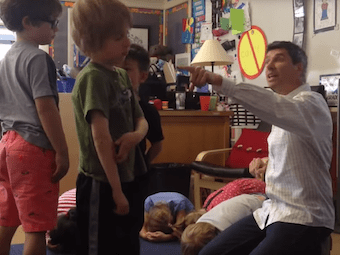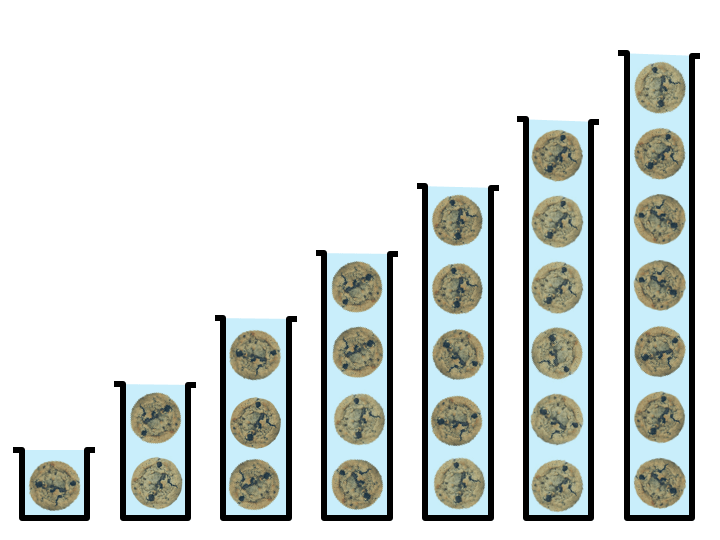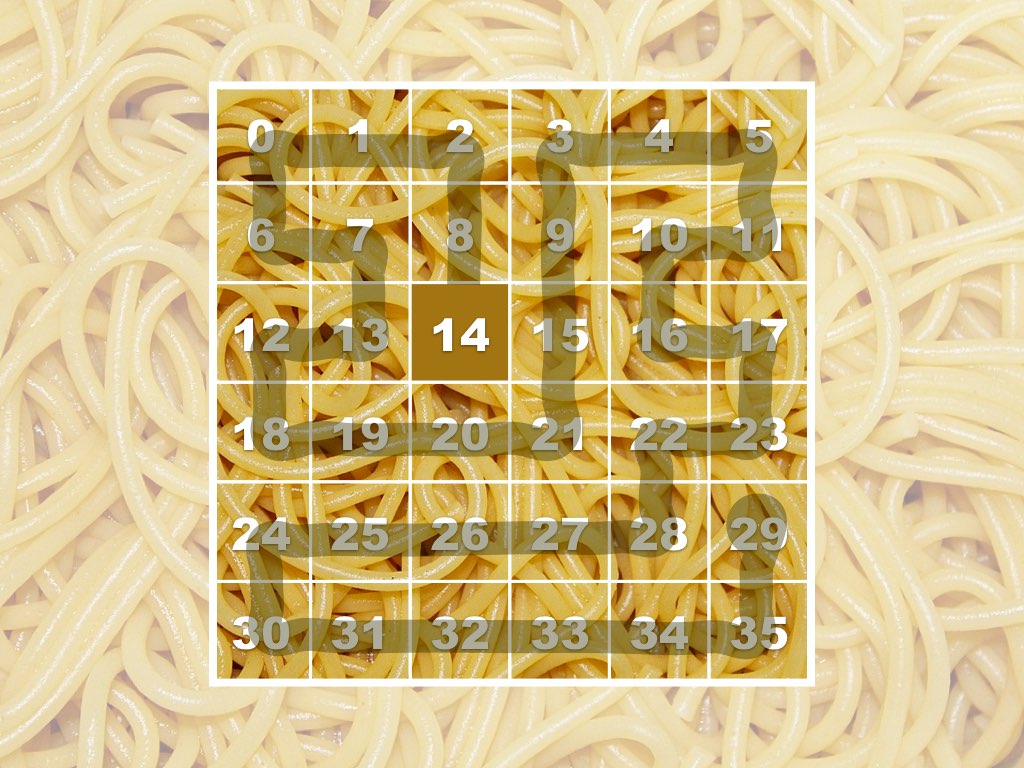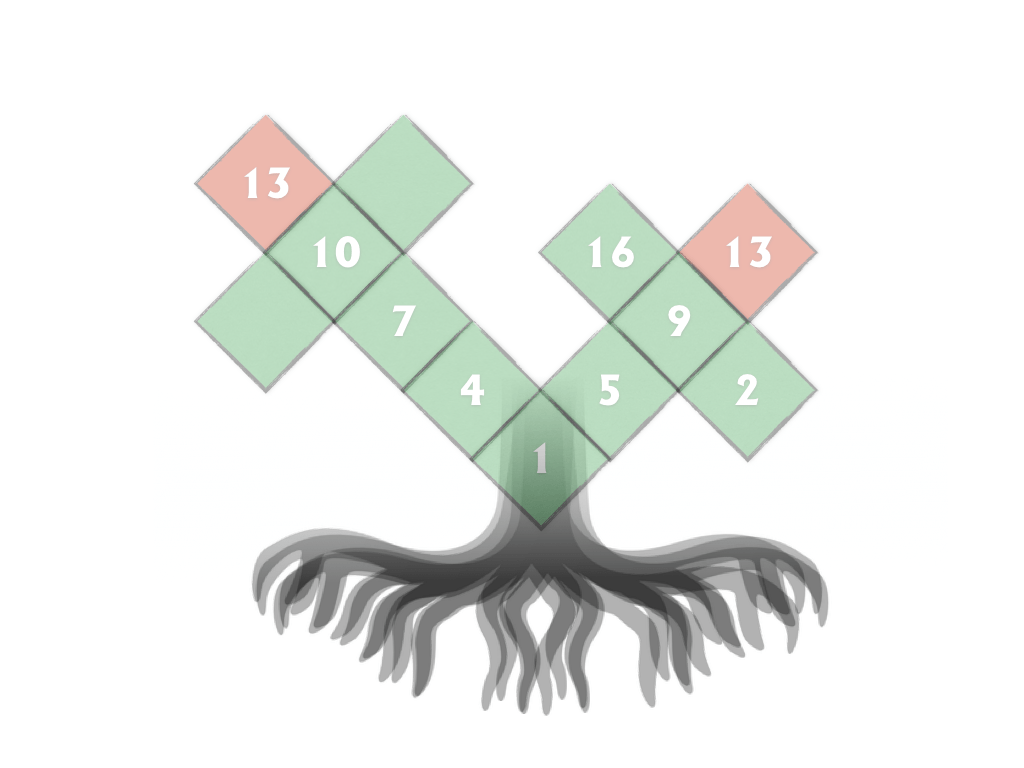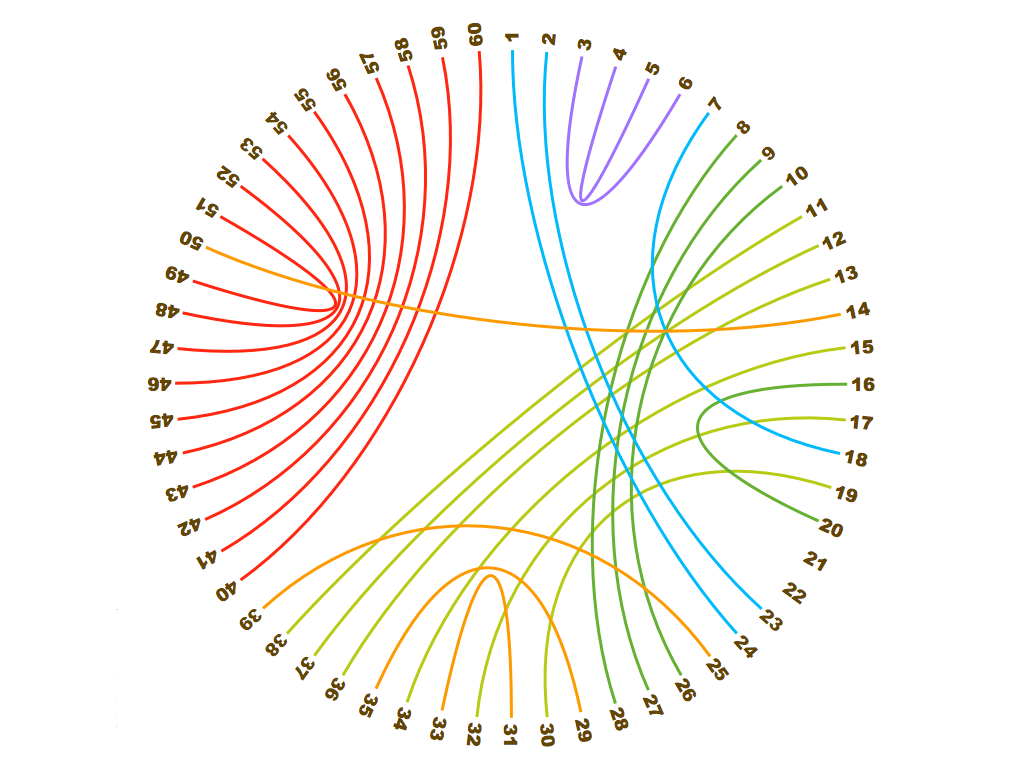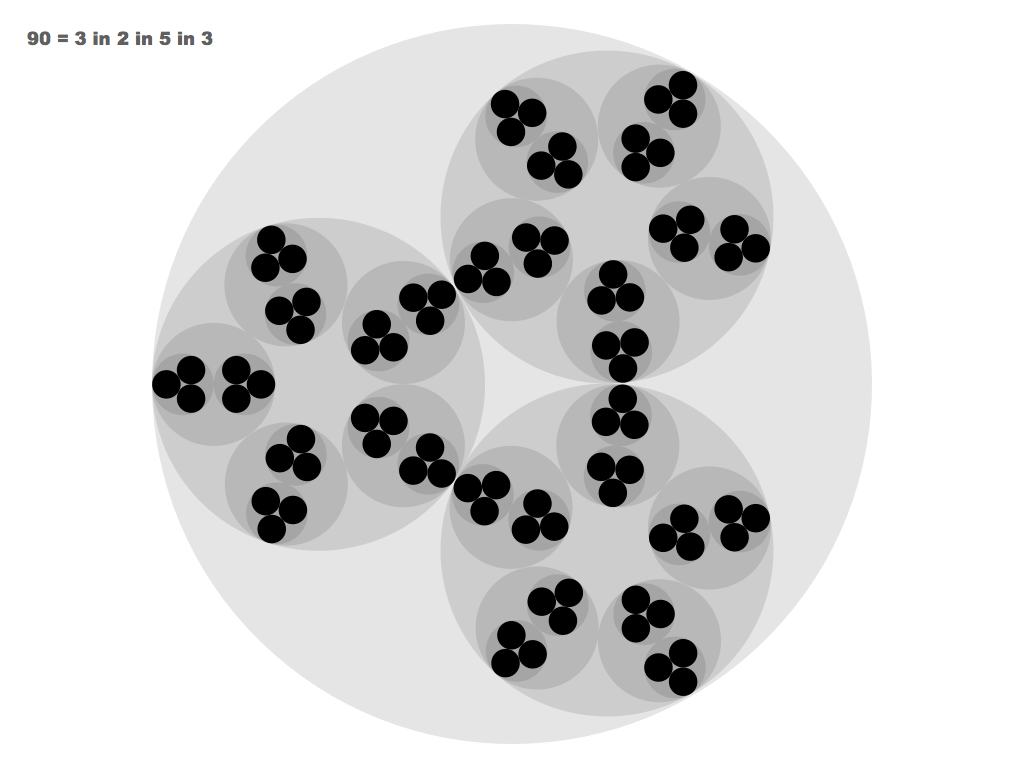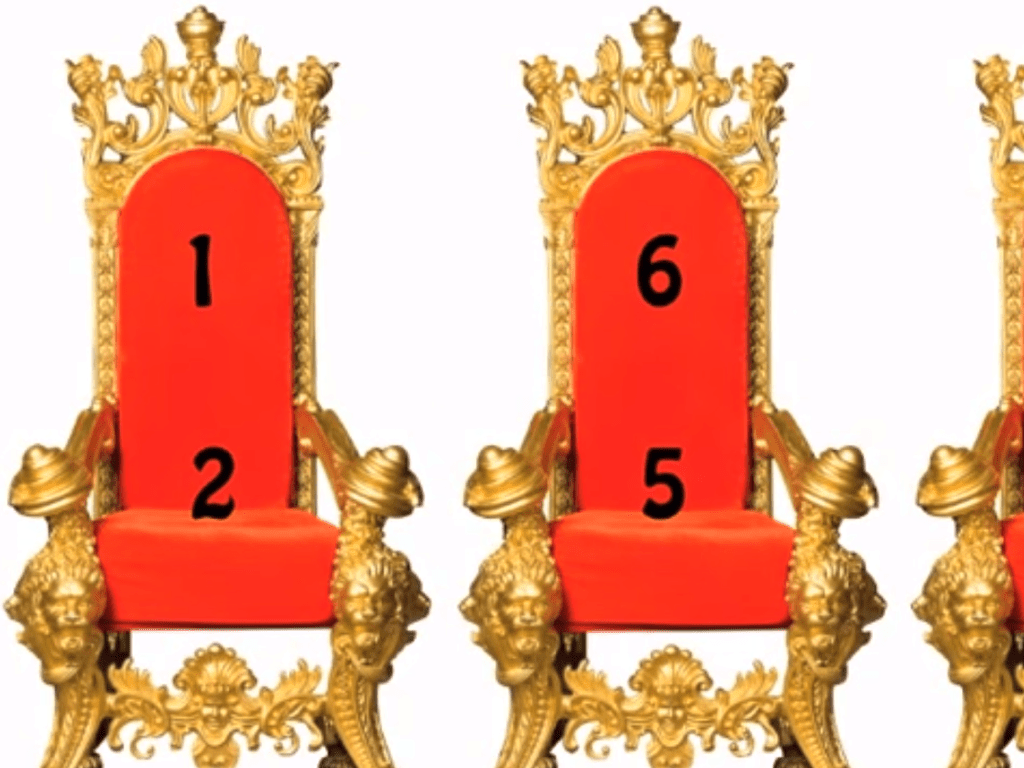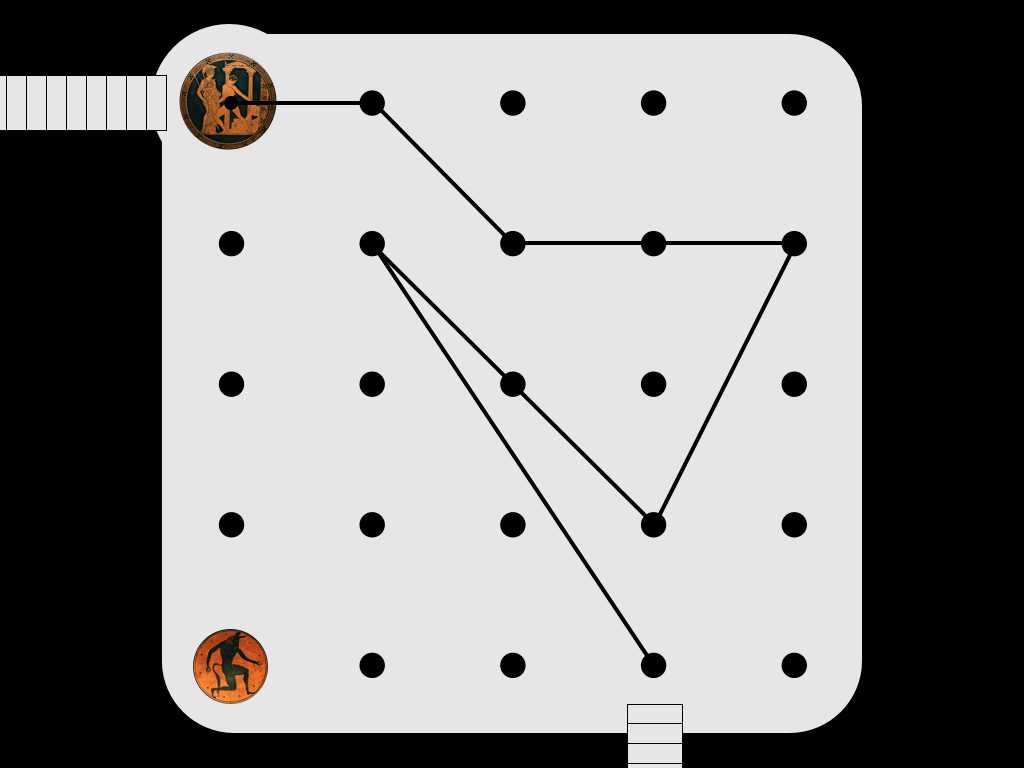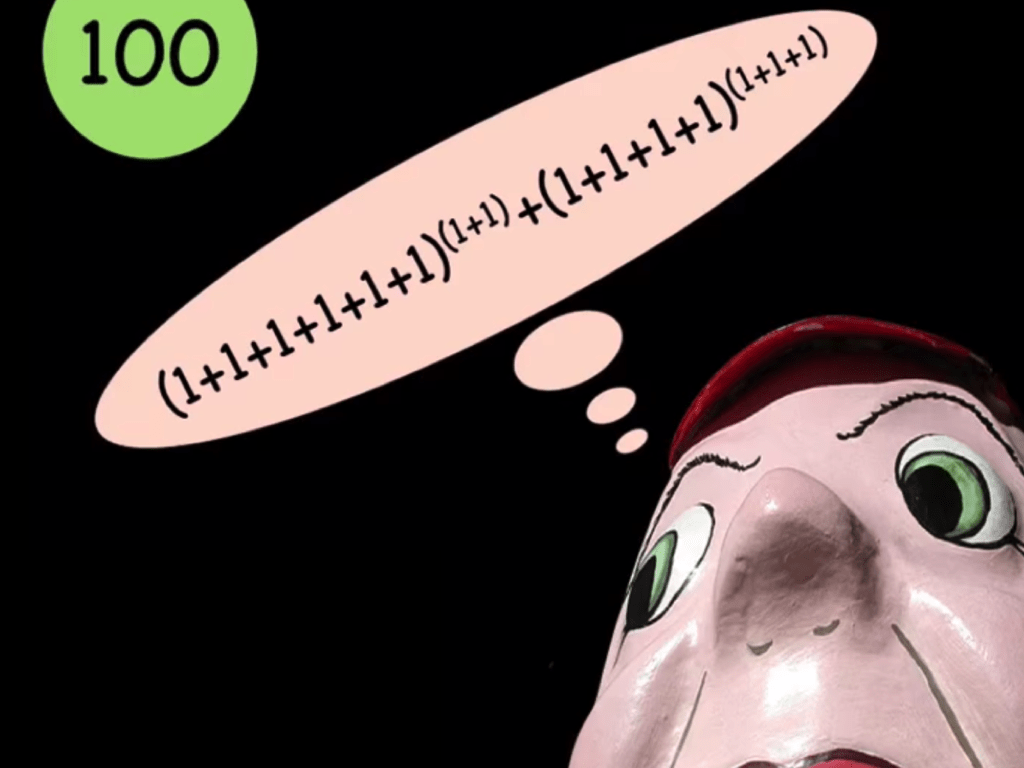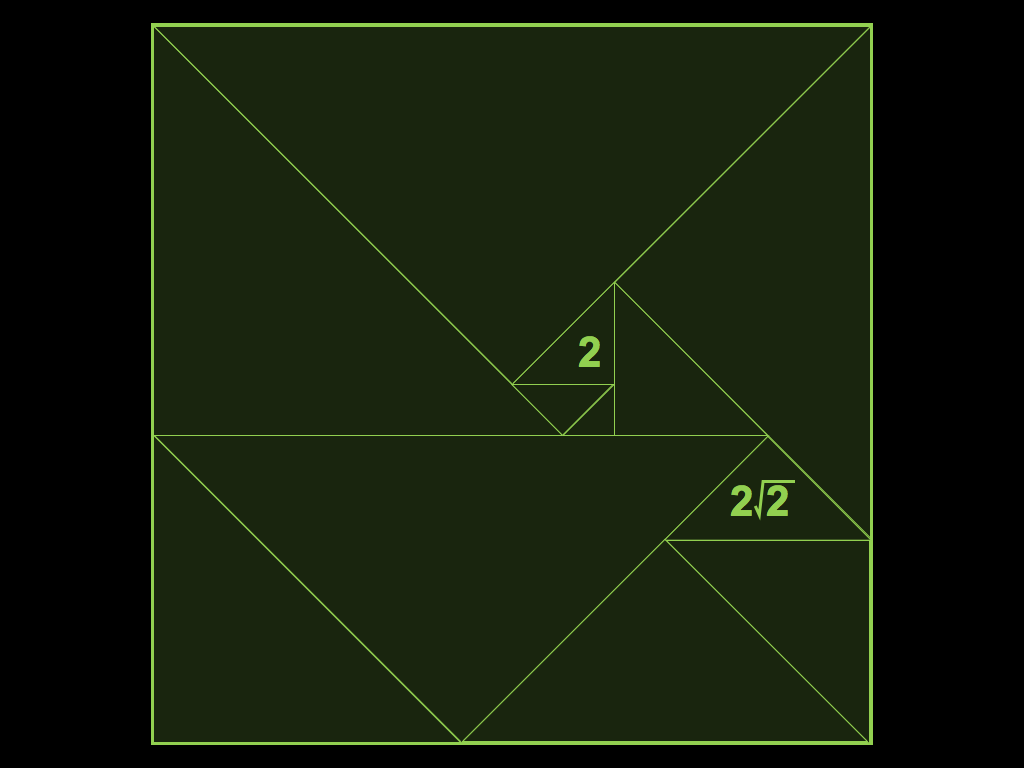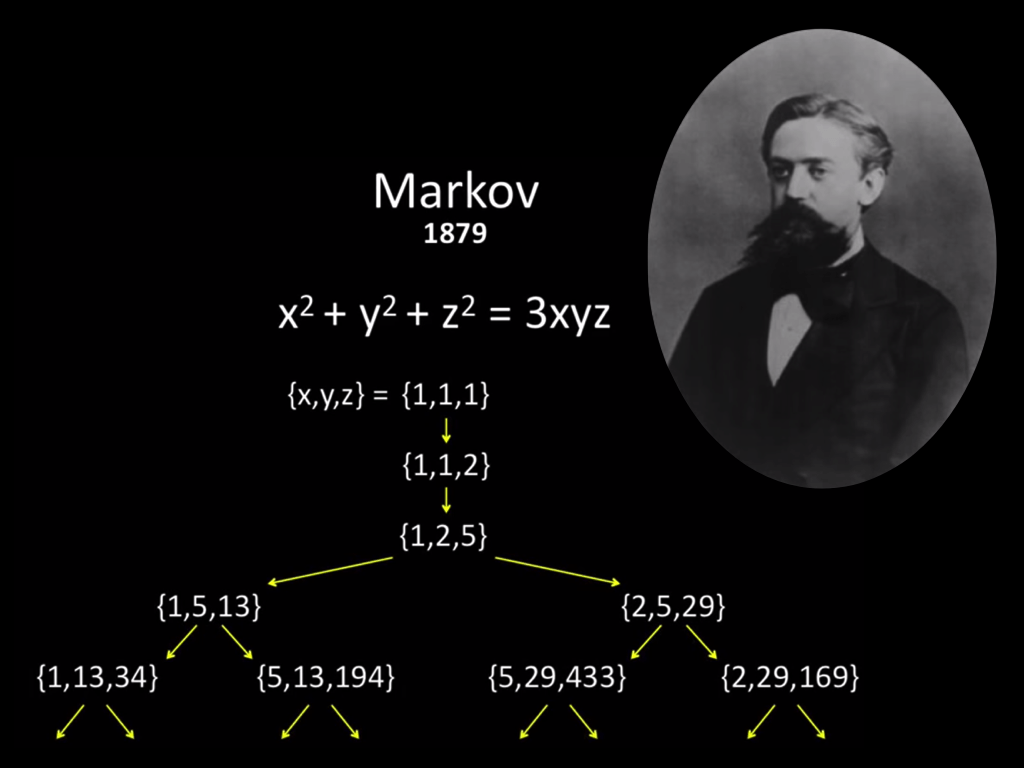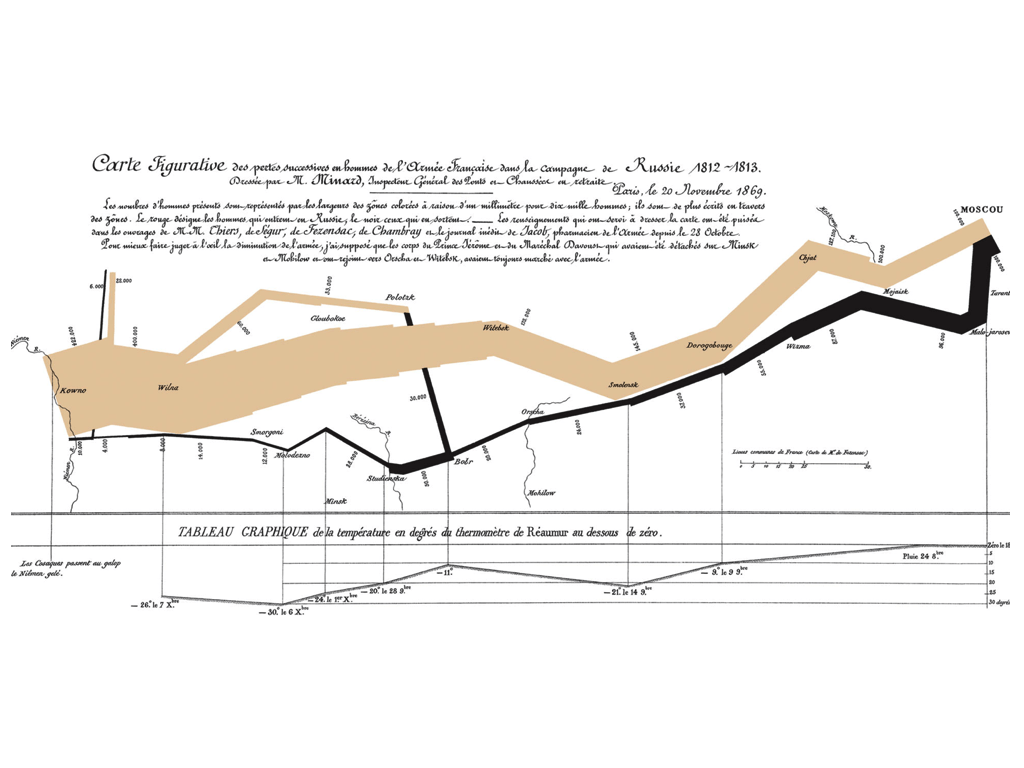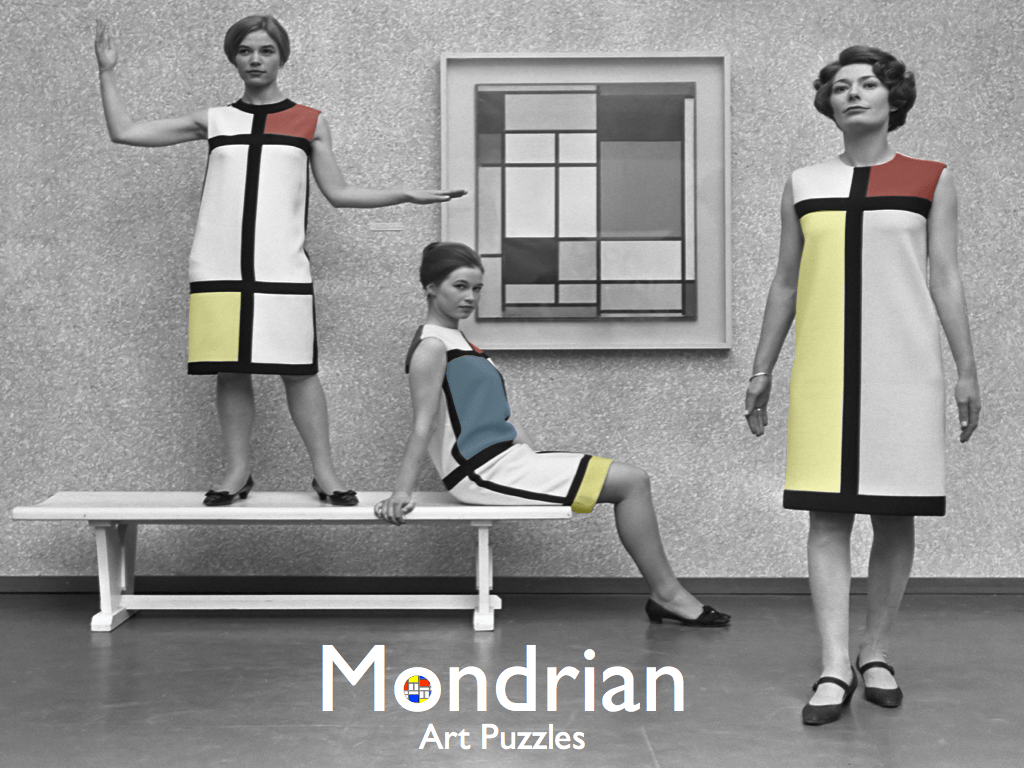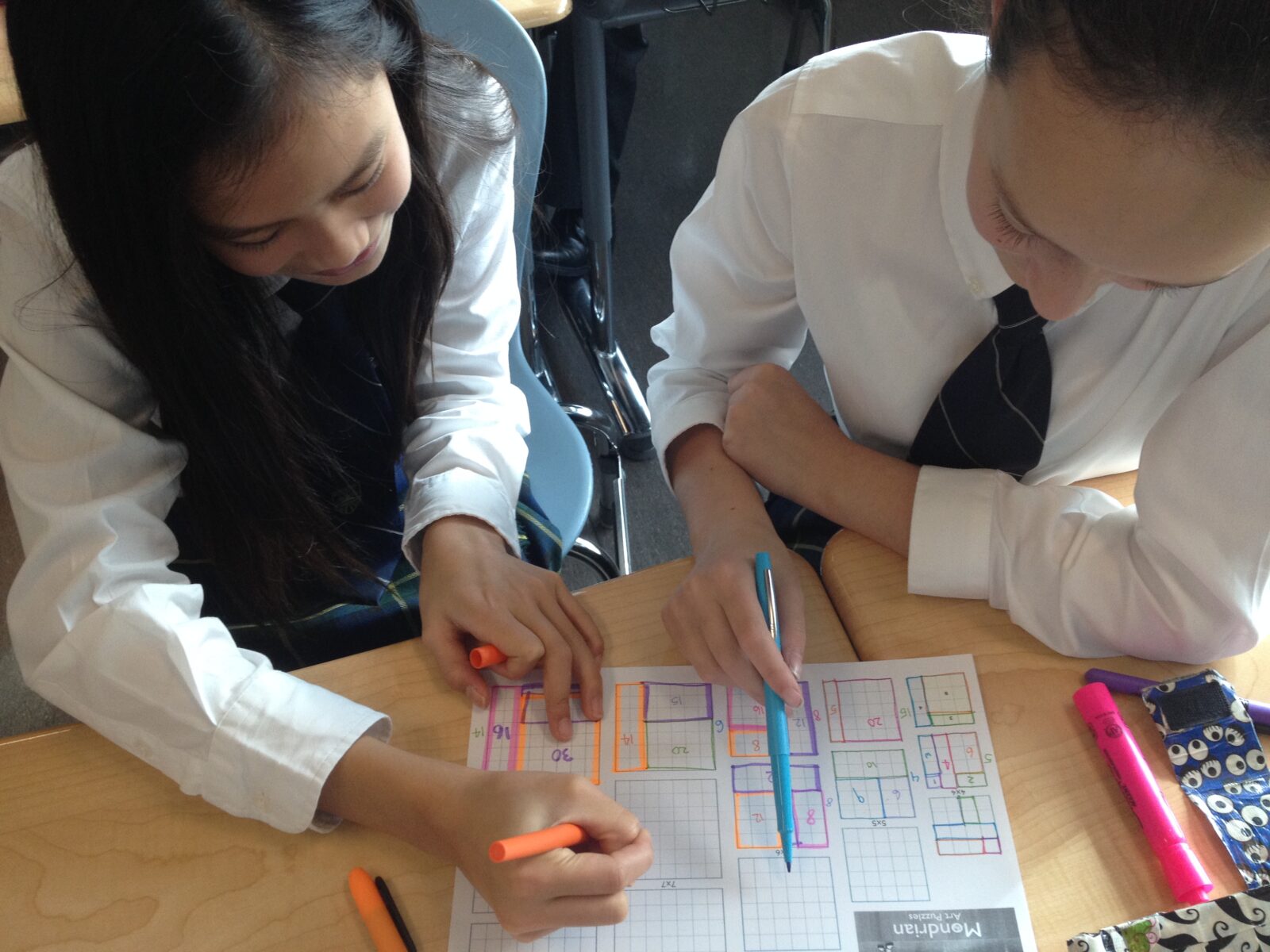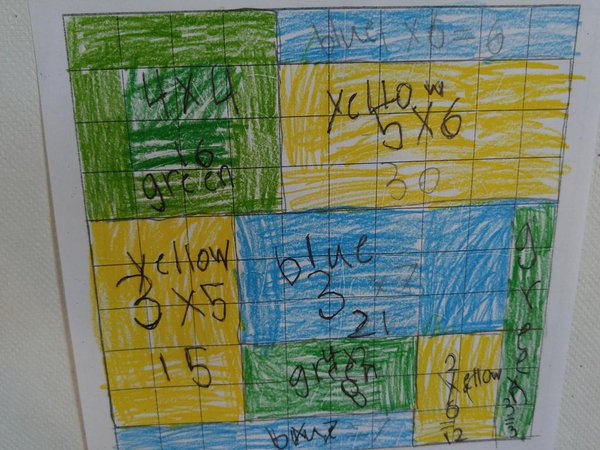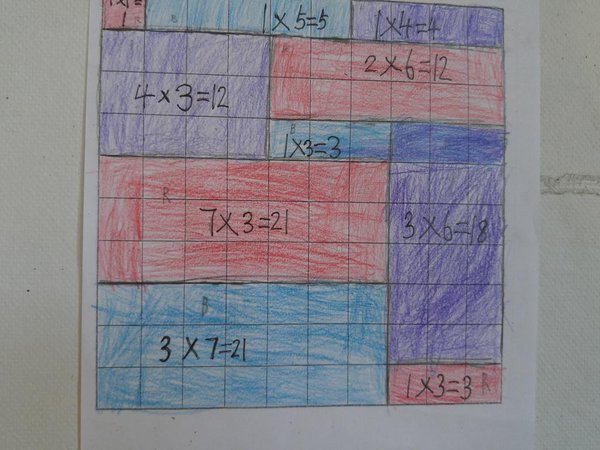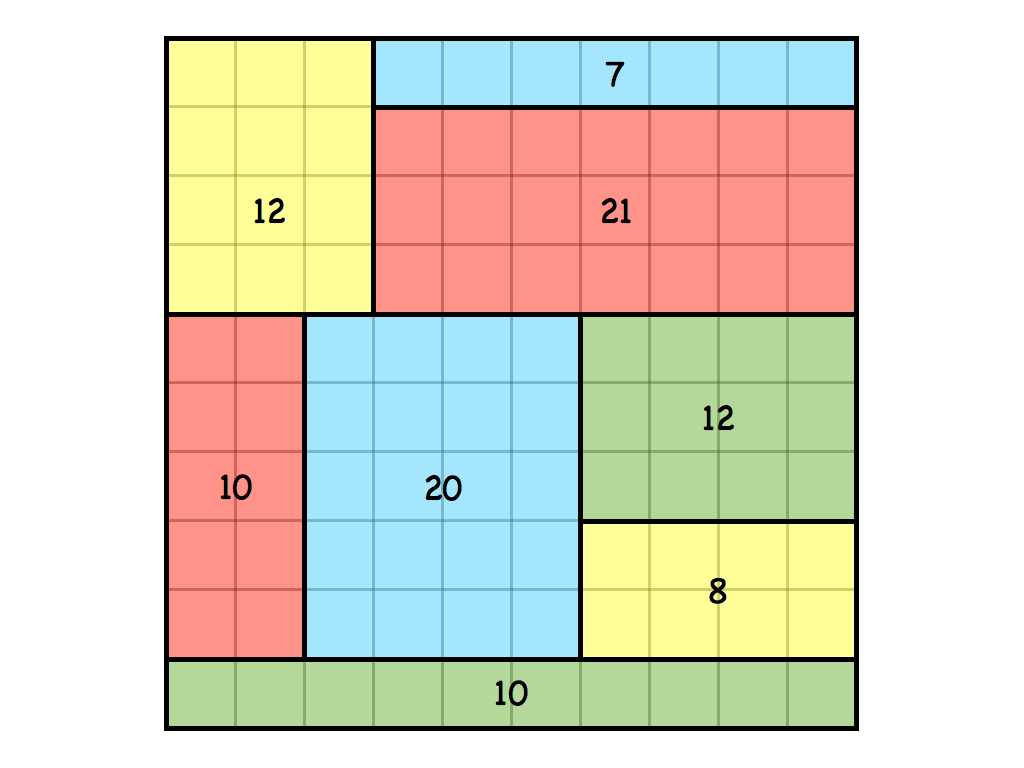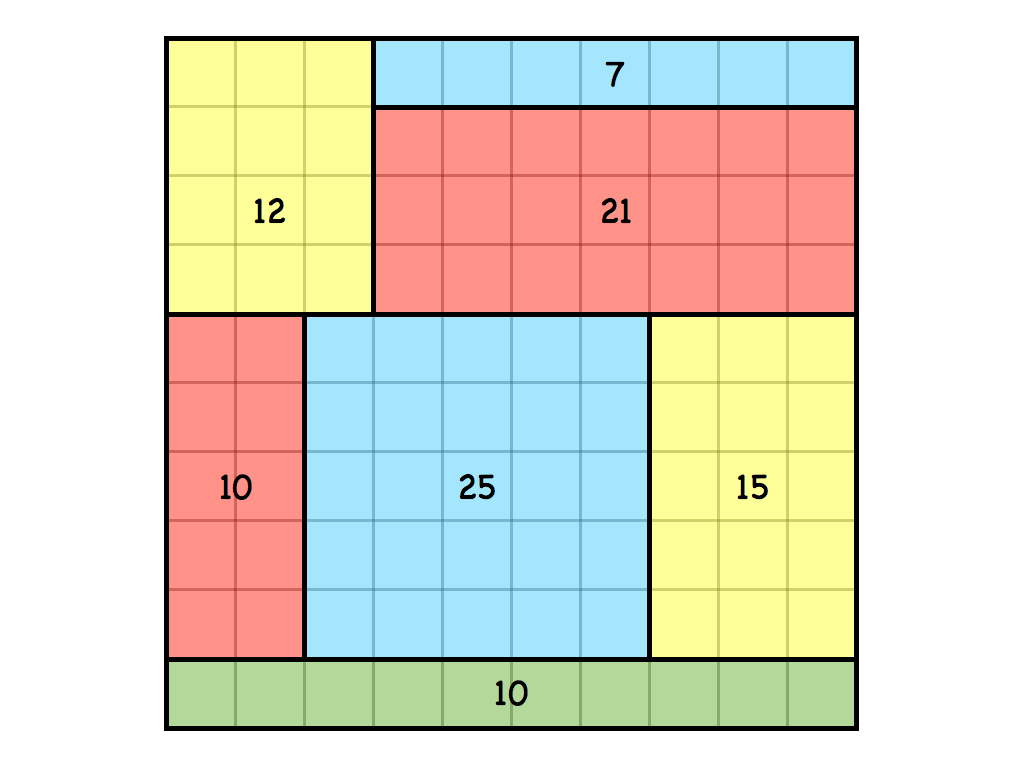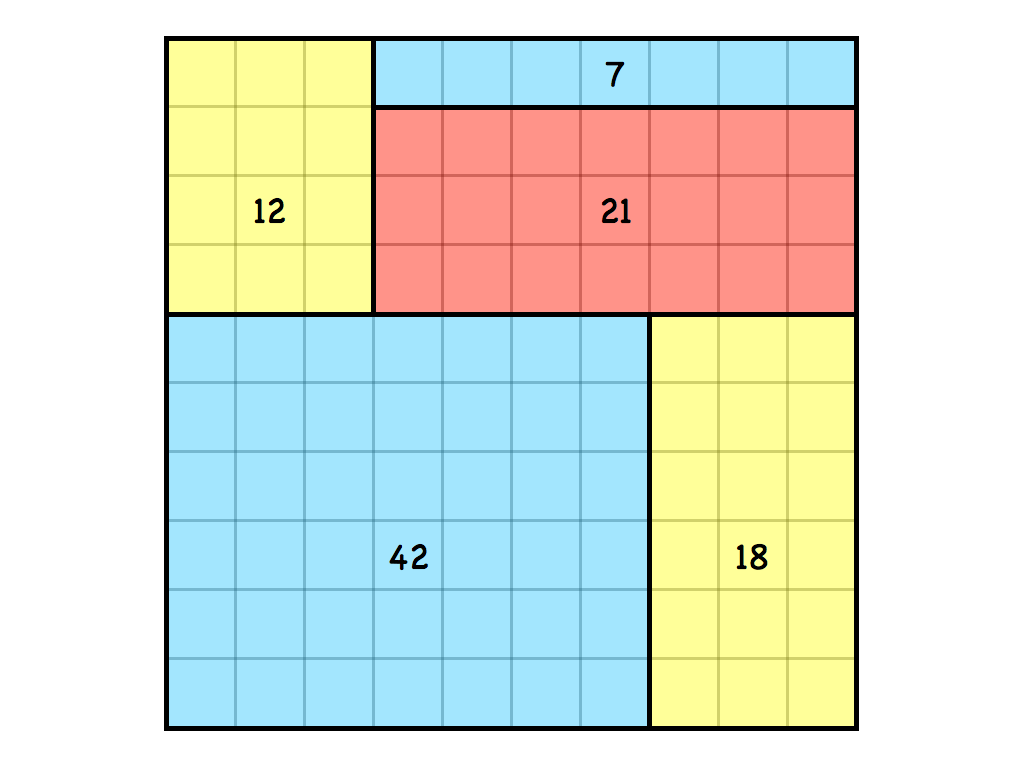Favorites
2017 MathPickle Board Game of the Year - and a puzzle for each grade K-12Math wasn’t worksheets and drill; it was beautiful and colorful, fun and dynamic.
One of the best features of your puzzles is how they engage a wide spectrum of learners, something that is difficult for teachers. Your math puzzles are remarkable and students enjoy and learn from them regardless of their mathematical understanding. This is as close to a “silver bullet” as I’ve seen.
Featured Favorite
Mondrian Art PuzzlesMondrian Art Puzzles give elementary students curricular practice at multiplication with a backdrop of deep problem solving. Solutions also look beautiful which gets artistic students engaged. Click here to learn more.
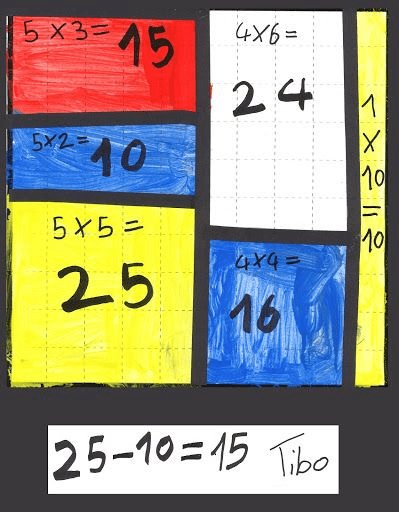
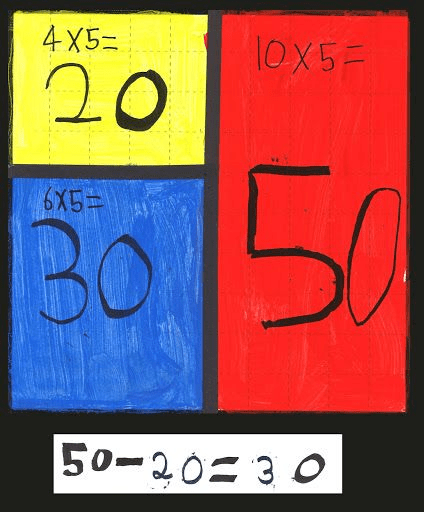
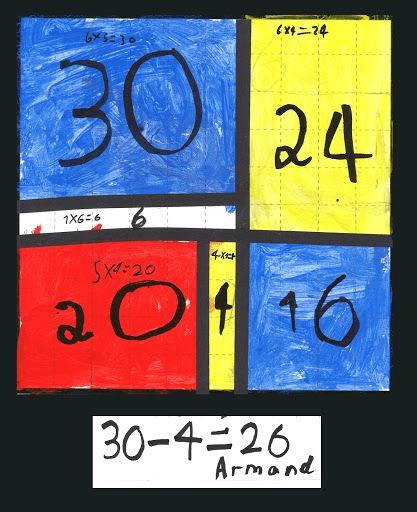
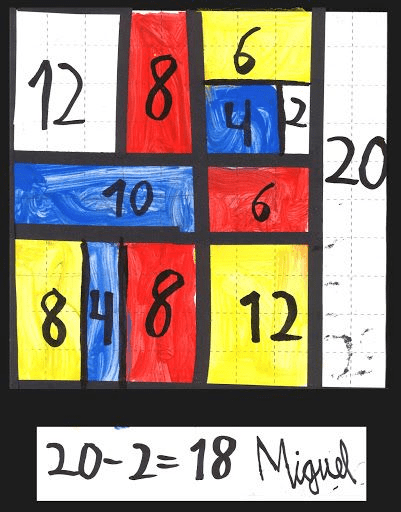
Please use MathPickle in your classrooms. If you have improvements to make, please contact me. I'll give you credit and kudos 😉 For a free poster of MathPickle's ideas on elementary math education go here.
